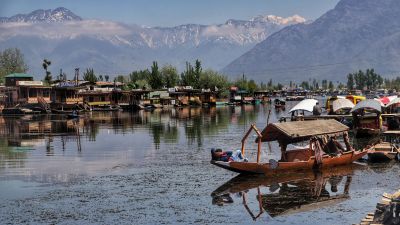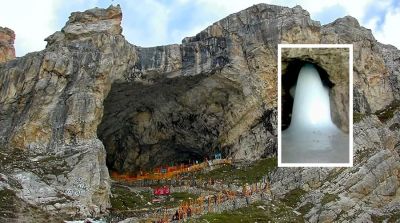Sonmarg's Textile Dreams: An Inside Look at Traditional Weaving
Sonmarg, a small town nestled in the foothills of the Himalayas, is not only known for its breathtaking natural beauty but also for its rich textile heritage. This picturesque paradise in Jammu and Kashmir is home to a community of skilled weavers who have been practicing the art of traditional weaving for generations. In this blog post, we will take an inside look at the fascinating world of traditional weaving in Sonmarg and explore the intricate techniques and vibrant designs that have made this region famous.
The Art of Traditional Weaving
Traditional weaving in Sonmarg is a time-honored craft that has deep cultural significance. Passed down from one generation to another, the art of weaving is a way of life for the local community. The weavers in Sonmarg use a handloom technique, where intricate patterns are created by interlacing threads of different colors and textures.
The traditional weaving process involves several steps, starting from the selection of high-quality yarns to the final finishing of the fabric. The weavers source the yarns from wool, silk, and cotton, depending on the type of fabric they aim to create. The yarns are then dyed using natural dyes made from plants and minerals.
Once the yarns are ready, the weavers set up their handlooms and begin the process of weaving. The handloom consists of a wooden frame with threads stretched across it. The weaver meticulously interlaces the colored threads, creating intricate patterns and motifs that reflect the rich cultural heritage of the region.
The Beauty of Sonmarg Weaves
The weaves of Sonmarg are known for their exquisite beauty and fine craftsmanship. Each design is unique and tells a story inspired by the natural surroundings of the region. The patterns often depict flowers, birds, and landscapes, showcasing the weaver's connection with nature.
The vibrant colors used in Sonmarg weaves are another striking feature. The weavers skillfully combine different shades to create a mesmerizing effect. The use of natural dyes adds to the charm of the textiles, giving them a rich and organic appeal.
One of the most popular types of fabric produced in Sonmarg is Pashmina. Pashmina shawls are made from the soft and warm wool obtained from the Changthangi goats, which are native to the region. The wool is spun and woven into delicate shawls that are famous for their lightweight and luxurious feel.
Preserving Tradition in a Modern World
In today's fast-paced world, traditional crafts like weaving face the risk of being lost to modernization. However, the weavers of Sonmarg are determined to preserve their craft and pass it on to future generations.
Many local organizations and cooperatives in Sonmarg are working towards promoting traditional weaving and providing support to the weaver community. They organize workshops, training programs, and exhibitions to showcase the beauty of Sonmarg weaves and create a market for the handmade textiles.
By purchasing products made by Sonmarg weavers, travelers can contribute to the preservation of this ancient craft and support local artisans. Handwoven shawls, scarves, and blankets make for wonderful souvenirs that carry the essence of Sonmarg's textile dreams.
Conclusion
Sonmarg's traditional weaving is a testament to the rich cultural heritage of the region. The weavers' skill, dedication, and creativity shine through in every piece of fabric they produce. By exploring the world of traditional weaving in Sonmarg, travelers not only get a glimpse into the intricate techniques and vibrant designs but also contribute to the preservation of this age-old craft. So, next time you visit Sonmarg, make sure to immerse yourself in the world of textile dreams and take home a piece of this timeless art.
Share this blog post with your friends and family to spread the word about Sonmarg's traditional weaving heritage.
Disclaimer : The information provided in this blog is for general informational purposes only. While we strive to keep the content accurate and updated, TravelSetu assumes no liability for errors or omissions. If you believe any part of this blog infringes your rights or causes concern, please notify us immediately at info[at]travelsetu[dot]com so that appropriate action can be taken.

















